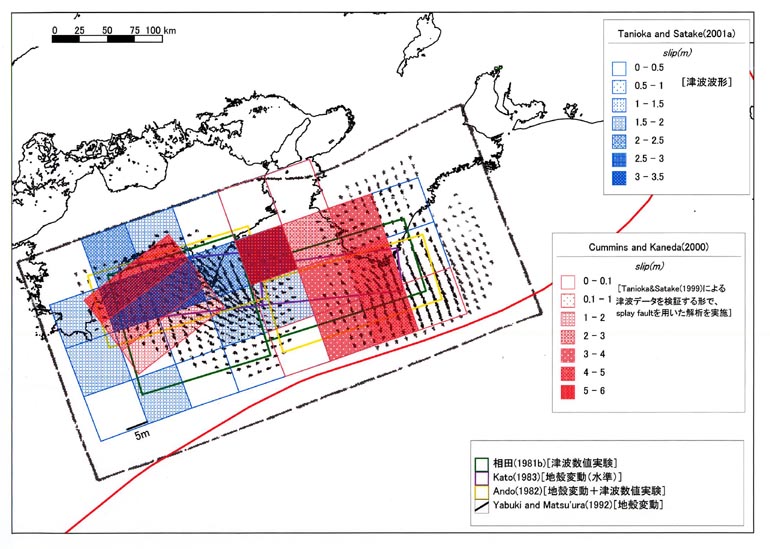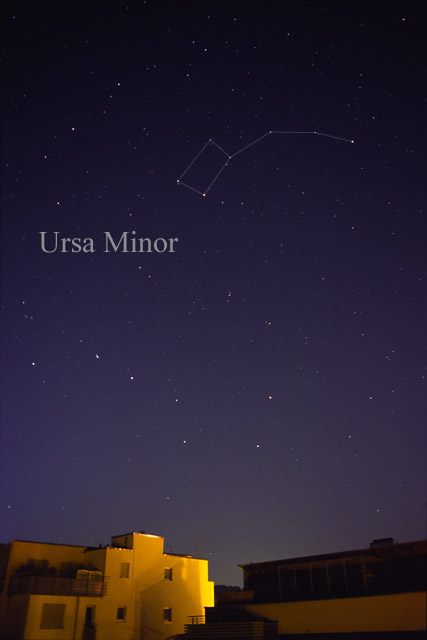Astronomers Discover Distant Mini Halo, Revealing Early Universe Dynamics

In a groundbreaking discovery, astronomers have identified a vast cloud of energetic particles surrounding one of the most distant galaxy clusters ever observed, providing unprecedented insights into the evolution of galaxy clusters during the early universe. This significant finding, co-led by Dr. Julie Hlavacek-Larrondo, an astrophysicist at Université de Montréal, was published in the Astrophysical Journal Letters on June 27, 2025. The galaxy cluster in question is located approximately 10 billion light-years away from Earth, marking the discovery of the most distant 'radio mini-halo' to date, effectively doubling the previous record.
The study's authors assert that the presence of this mini halo, which consists of highly energetic charged particles in the vacuum between galaxies, demonstrates that galaxy clusters have been influenced by high-energy processes for most of their existence. Dr. Hlavacek-Larrondo remarked, "This discovery allows us to explore the conditions of the early universe and how energetic particles played a role in shaping the structure of galaxy clusters."
The findings have significant implications for our understanding of cosmic evolution. The energetic particles that constitute the mini halo are believed to be generated by two primary mechanisms: the activity of supermassive black holes located at the centers of galaxies and cosmic particle collisions. These black holes can eject streams of high-energy particles into space, while cosmic interactions within the hot plasma of the galaxy cluster contribute to the formation of these particles.
Dr. Roland Timmerman, an astronomer from Durham University in the UK and co-lead of the project, emphasized the importance of this discovery, stating, "It is astonishing to find such a strong radio signal at this distance. It indicates that these energetic processes have been shaping galaxy clusters for nearly the entire history of the universe."
Prior to this research, the prevailing understanding of galaxy clusters suggested that their formation was a more recent event in cosmic history. However, this new evidence challenges that notion, indicating that high-energy environments were present much earlier than previously thought. The researchers highlight that this opens up new avenues for studying how energy moves through galaxy clusters and its role in cosmic evolution.
The study and its implications extend to various fields, including astrophysics, cosmology, and even particle physics. Understanding the origins and distribution of high-energy particles in the universe not only enhances our knowledge of galaxy formation and evolution but also contributes to the broader understanding of the universe's fundamental laws.
While the findings are groundbreaking, they also raise further questions regarding the mechanisms behind the formation of such massive structures in the universe. The researchers acknowledge that more studies are necessary to fully comprehend the processes at work within these distant galaxy clusters.
In conclusion, the discovery of the mini halo surrounding this distant galaxy cluster marks a significant milestone in astrophysical research, offering new insights into the early universe and the fundamental processes that shaped it. As researchers continue to analyze these findings, they hope to unravel more mysteries surrounding the cosmos and the origins of energy-rich environments that have persisted through time.
Advertisement
Tags
Advertisement





